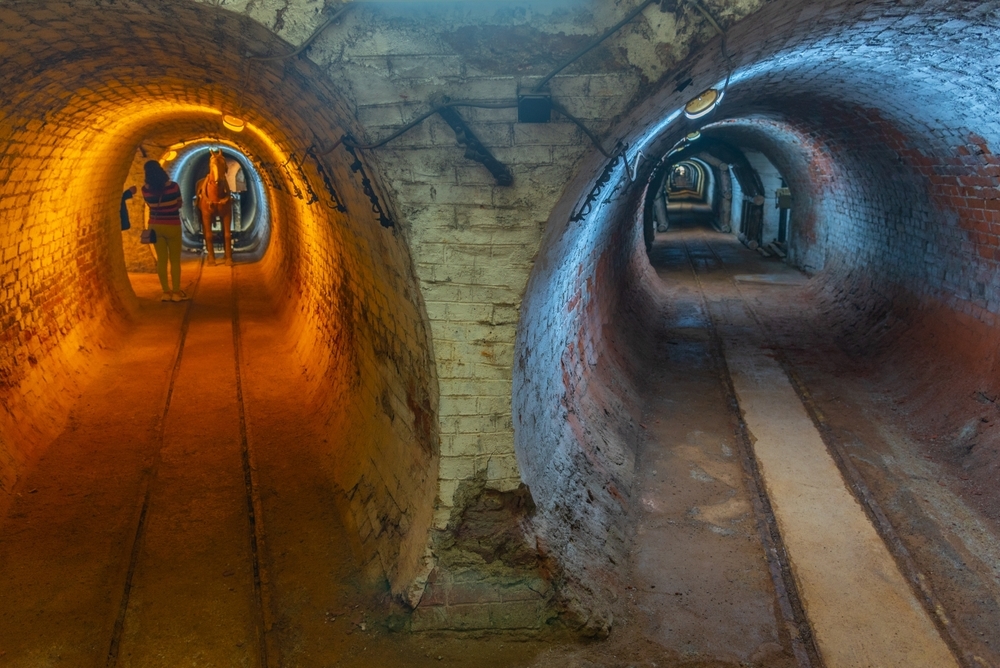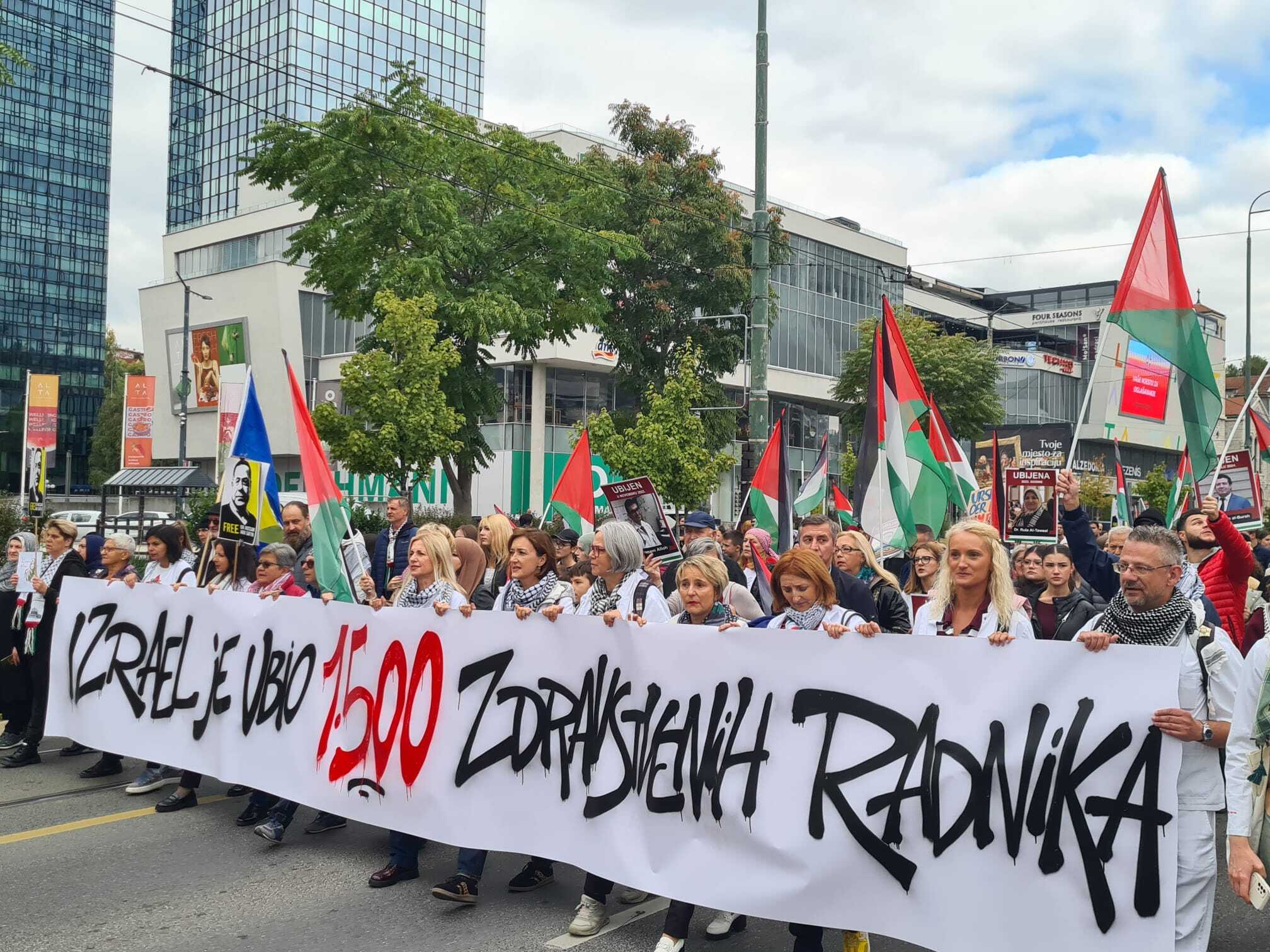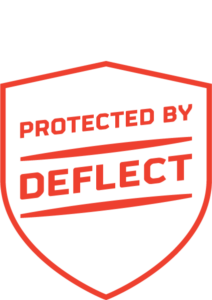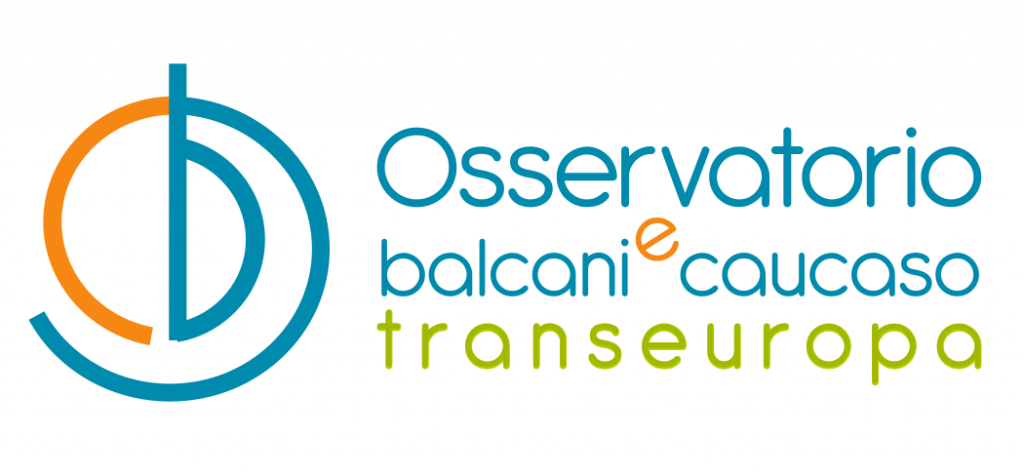European territories in search of ecological transition
The EU Just Transition Fund supports the European regions most affected by the abandonment of fossil fuels, financing green innovation, job retraining and environmental clean-ups. Its implementation, however, is proceeding very slowly

Territori-europei-in-cerca-della-transizione-ecologica
Abandoned mine in Pernik, Bulgaria - © trabantos/Shutterstock
The European Union’s transition to climate neutrality, as outlined in the Green Deal, is one of the most significant economic transformations in the continent’s history. To achieve the ambitious goal of zero greenhouse gas emissions by 2050, the EU has committed to allocating 30% of its 2021-2027 budget to climate-related initiatives.
Cohesion policy funds play a crucial role in this context. In particular, the European Regional Development Fund (ERDF) and the Cohesion Fund – with €70.3 billion and €22.5 billion respectively – are the main instruments financing investments in renewable energy, energy efficiency and sustainable infrastructure.
These instruments are complemented by a more specialistic funding mechanism: the Just Transition Fund (JTF), which with €19.4 billion specifically addresses the challenges of EU territories that risk being disproportionately affected by the costs of the ecological transition.
The territories involved
Set up under the “Just Transition Mechanism”, the JTF acknowledges that the costs of decarbonisation are not equally distributed across Europe. All EU Member States must contribute to achieving climate goals, but some regions – particularly those dependent on coal mining, peat extraction or heavy manufacturing – will face severe economic and social disruption.
The Just Transition Fund should help mitigate these disparities by supporting workers, businesses and economies in the most exposed territories in the transition to sustainable alternatives.
Among the EU countries, Poland is the largest recipient in absolute terms, with €4.5 billion, followed by Germany (€3.8 billion) and Romania (€2.5 billion). Greece (€1.6 billion) and Bulgaria (€1.5 billion) are also among the Member States receiving significant resources.
JTF resources do not actually benefit entire countries, but are concentrated in 96 specific territories. These areas were identified through “Territorial Just Transition Plans,” which assessed each region’s expected job losses, industrial restructuring needs, and broader socio-economic vulnerabilities.
The selected territories include, for example, several Greek islands in the Aegean and Western Macedonia, the Stara Zagora region in Bulgaria, six districts in Romania, the Croatian part of Istria and the Central Sava region in Slovenia. In Italy, the Taranto area and Sulcis-Iglesiente in Sardinia are covered by the JTF.
Planned activities
The JTF interventions are structured around ten main strands. A very significant part of the resources, over 6.6 billion Euros, is earmarked for economic diversification and support for small and medium-sized enterprises and start-ups.
The idea is to reduce the dependence of these territories on declining industries by promoting new economic activities in their place – especially in sectors such as renewable energy production, for which 3.6 billion in additional allocations are planned. The fund also supports research and development of clean technologies with almost two billion Euros.
In some cases, the JTF also provides targeted aid to large companies – but only if they are committed to reducing emissions in sectors covered by the EU Emissions Trading System (ETS).
The JTF’s areas of intervention also include workforce transition, to mitigate job losses by equipping workers with skills that can be used in emerging economic sectors. The JTF finances vocational training projects with €3.1 billion, with a special focus on digital skills and renewable energy technologies.
In general, the Fund pays special attention to young workers, female workers and those who have been unemployed for a long time – categories that are often more vulnerable on the labour market.
The JTF then intervenes with €1.8 billion for the remediation of contaminated sites, including the remediation of abandoned coal mines and disused industrial plants. However, this funding is only provided in cases where the “polluter pays” principle cannot be applied – that is, when private operators are unable to cover the costs of remediation.
Implementation challenges
The Just Transition Fund also plans to allocate around €900 million in “technical assistance” to beneficiaries of the funds, to help them manage projects and effectively use the opportunities available.
The JTF operates on a tighter timetable than traditional cohesion funds: 70% of the resources must be committed by the end of 2026. This accelerated spending schedule poses significant challenges for local authorities, many of which do not have the staff or experience to efficiently manage large-scale transition projects.
Looking at the implementation data of the JTF, we see that as of 31 December 2024, just 1.7% of the available funds have been spent (38.1% have been committed). Problems with the spending capacity of European funds are not a new issue, but comparing the spending levels with other cohesion funds, it appears that the JTF is progressing rather slowly, despite the tighter deadlines.
This article is published in the context of the project "Cohesion4Climate" co-funded by the European Union. The EU is in no way responsible for the information or views expressed within the framework of the project; the sole responsibility for the content lies with OBCT.
Tag:










